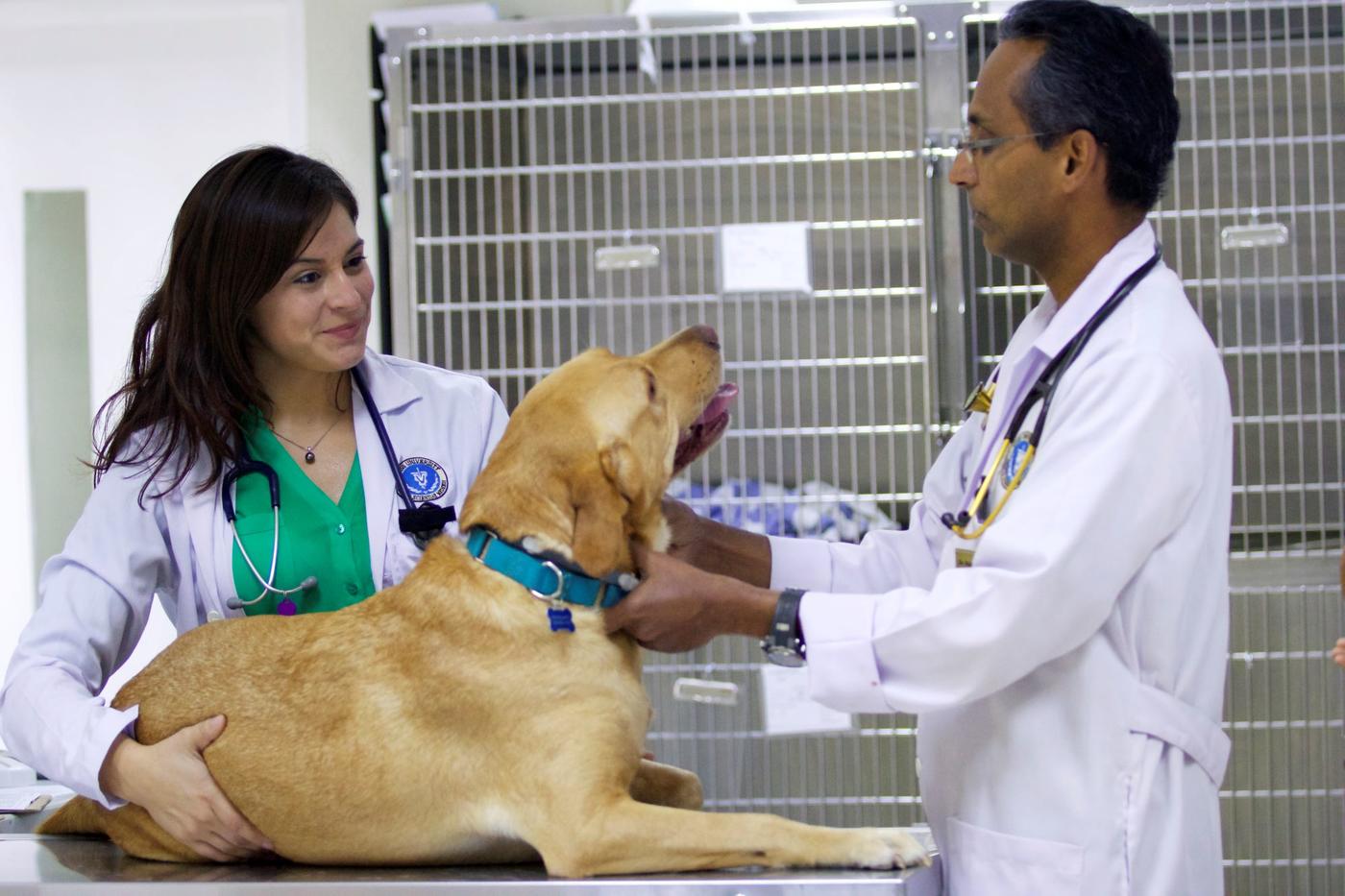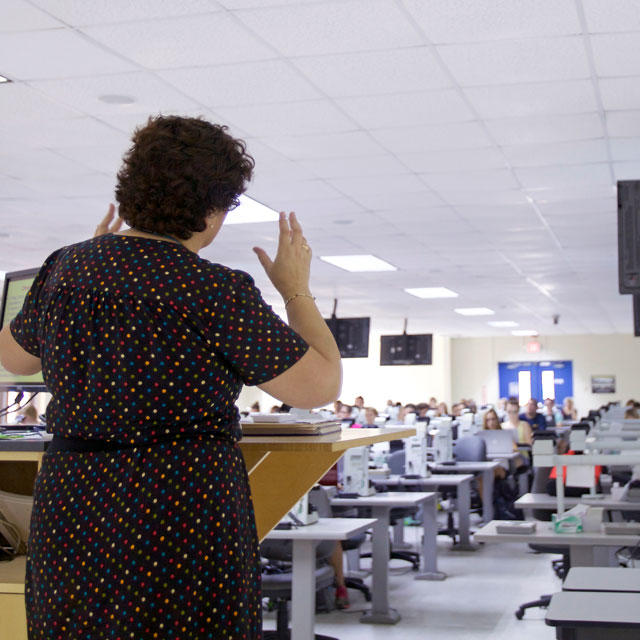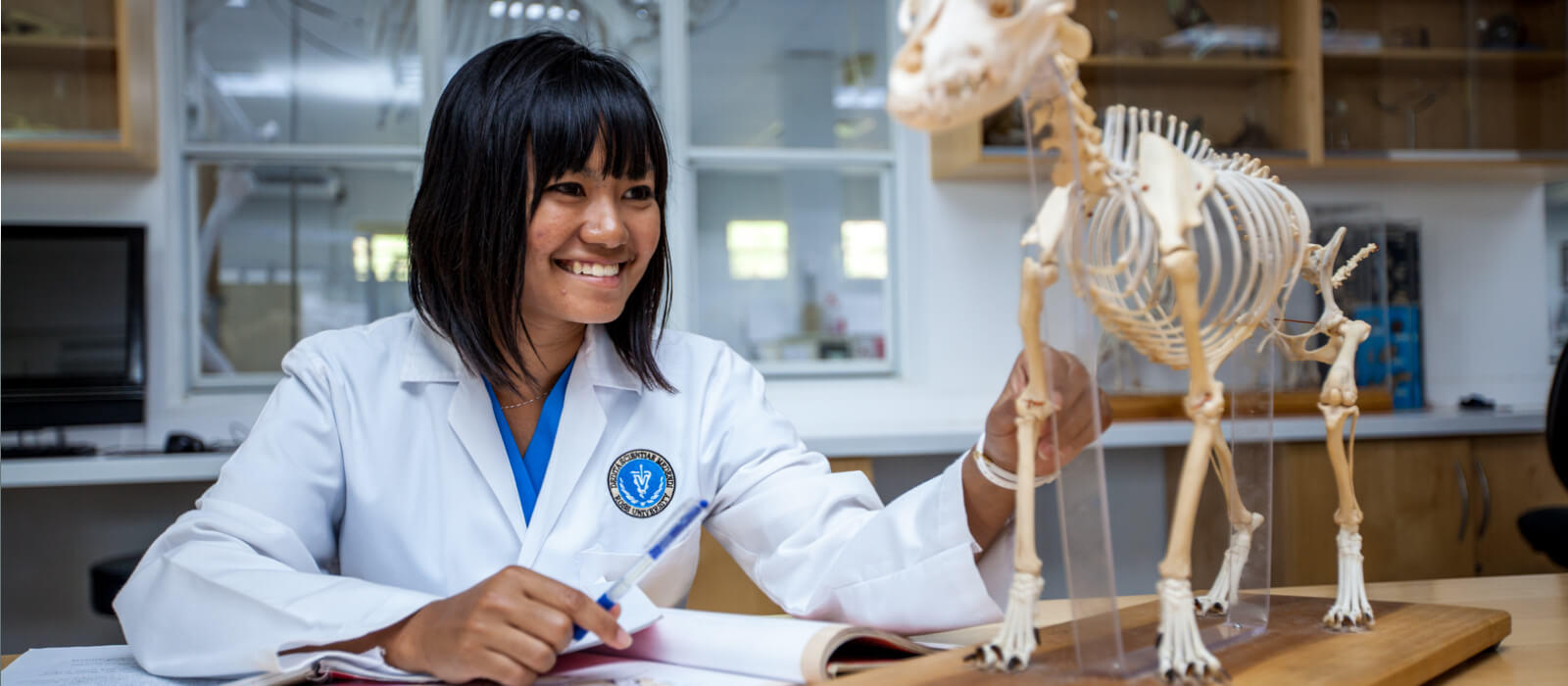Cranial cruciate ligament deficiency, patellar luxation, fracture repair – for many general practitioners, these surgical conditions are well within their comfort zones.
Yet, there are other orthopedic conditions that require complex, daunting surgical procedures to treat. And because of those, many practitioners shy away from treating orthopedic conditions altogether.
Problem is, these conditions are very common. According to a 2015 study published in Veterinary Record by Robinson, et. al, lameness is 3rd most common presenting complaint for companion animals being presented to first-opinion veterinary practices.
So what are you to do? Well, it’s time to embrace the fear!
The work-up for lameness or a soft-tissue-specific musculoskeletal condition can by a tremendous practice builder allowing you to collect on the revenue generated from the exam and imaging related diagnostics, while also satisfying the client without the need for referral. With a standardized approach to the orthopedic evaluation, veterinary practitioners can turn a complicated case into a conclusive diagnosis without the need for referral.
An eight-step algorithm is traditionally recommended as the most reliable mechanism to have predictable success during evaluation of the orthopedic patient. Truthfully, the steps are simple and include, signalment, history, standing examination, gait evaluation, recumbent examination, sedated evaluation, radiographic examination and additional diagnostic testing (arthrography, kinematic analysis, ultrasound, etc). Once the diagnosis is established, surgical therapy may be recommended. Though, many animals presenting with clinical signs relating to the musculoskeletal system will not require surgery for treatment.
For those that have an interest but need more experience, gaining experience through continuing education wet-labs – such as the ones being hosted at the upcoming West Indies Veterinary Conference – and working with colleagues that perform these procedures more regularly is an excellent way to open the door to the operating room. Many specialists will also welcome practitioners into their facility to host them in the operating room to allow for one on one training once a sincere interest has been demonstrated.
Yes, it’s good to know your comfort zones, but orthopedic disease is so common in companion animals that once you get over the initial fear of the unknown, it can be a very rewarding discipline to integrate into your clinical practice.







